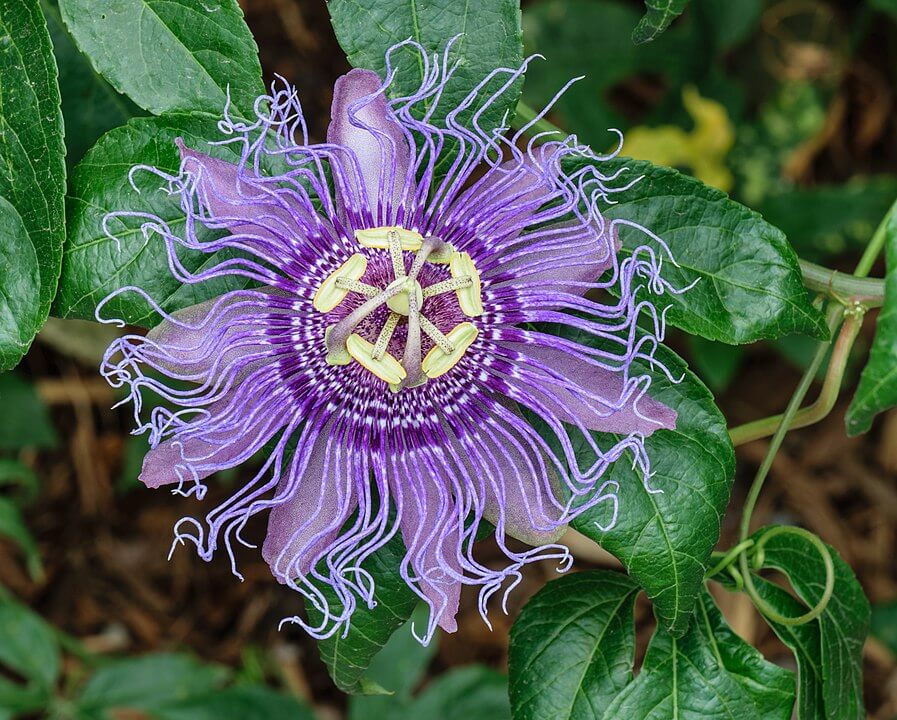Cultivar vs. Variety -- and landrace too
Cultivars vs. varieties

In botany speak, a variety is a genetic variant of a plant species, whereas a cultivar is a cultivated-variant, or, a variety cultivated specifically by humans for its unique properties (could be colour, flavour, growth habit, etc).
A variant or variety could occur naturally in nature — a simple spin-off from a common species; A raspberry cane that produces yellow berries. Someone clones this cane by taking cuttings and propagates several plants that now produce yellow berries. This is a cultivar. Both of these varieties are Rubus idaeus — the common red raspberry you can find growing in the woods, or at your local shop.
A cultivar needs the help of human intervention or stewardship to guide it towards independence.
Definitions
Now that we’ve got that out of the way, we’ll go a little deeper in the next few paragraphs. I’‘ve dropped a link to some of the terms below. If you know them already, great - if not, all of us gardeners and permaculturists need to look these up sooner or later.
Horticulture terms and definitions
When a variety becomes a species
Eventually a variety can become so far removed from it parent, that it will no longer be able to breed with children of the common parent. At this point, you’ve created a new species.
Very occasionally, it’s still possible for different species of a genus (parent stock) to cross-pollinate and create a hybrid.
Devolution is possible too
Sometimes the reintegration of genes from a certain variety can result in the loss of defining traits. Imagine you just planted some new fancy variety of nasturtiums (a great permaculture plant). You also have a reliable crop of self-seeding nasturtiums from seeds you got at the farmer’s market many years ago. Throughout the growing season these nasturtiums promiscuously pollinate, and you collect the seeds at the end of the year. To your surprise, these seeds are true to the old reliable crop you’ve been growing for year. No more fancy variety for you!
There are even projects going on right now, trying to bring back the OG tomatoes or strawberries to their hayday - back before they diverged and began being selected for portability — not flavour.
Origins of cultivation
Many landraces, and even the parent plants of many common food stapes came from the selective processes of indigenous cultures. For instance, the Inca of modern day Peru are credited with developing over 3000 varieties of potato, from what were several distinct species of toxic tubers. Another solid example are the Mayans developing what we now know as corn - or maize. About 7000 years ago, what we know as corn was the size of a dime. They developed it into a highly edible staple crop, feeding hundreds of thousands of people across their empire.
Today over 1,060,247,727 tonnes of corn are produced each year. You could say the Mayans had a pretty big influence on our food system.
A landrace into the future
Personally, I feel one of the most promising methods of improving our food systems, is developing landraces of staple crops. The idea is that these varieties are tailor-made for your growing region. Not from the other side of the planet. They’re grown, selected, and reseeded for extremely specific growing conditions — sometimes specific to a town or farming community. By developing landraces, communities would be able to better ensure harvests of staple crops, while investing in food security for the future. If you’re interested in reading more about developing your own varieties or landraces - check out any and all of these articles by Joseph Lofthouse on Mother Earth News. He’s doing amazing things with landraces, and open-source seeds.
👉 If you’re interested in learning more about growing your own landraces, check out the Growing Modern Landraces course featuring Joseph Lofthouse, and Dr. James White, Department of Plant Biology at Rutgers. Use the code permapeople for 25% off.
It all starts with seed saving
Whether you plan to develop a landrace of corn that only grows 60cm high, or not – if you’re planning to continue to garden or grow food, you should save your seeds. To get started, choose a plant or two that produced well for you, and mark that plant: tie a ribbon around it, or stake it out. Depending on the lifecycle of the plant, grab some of those seeds when they’re mature and save them for next season. You can bag a drying flower head to catch all the seeds, or if you’re observant enough, you can catch them before the birds do, and harvest accordingly.
Even if you plan on using half, you’ve now got some bargaining power to trade with your neighbours (or anyone through our open marketplace) and get some more sweet diversity in that future farm of yours.
Plant the future and feed the world!